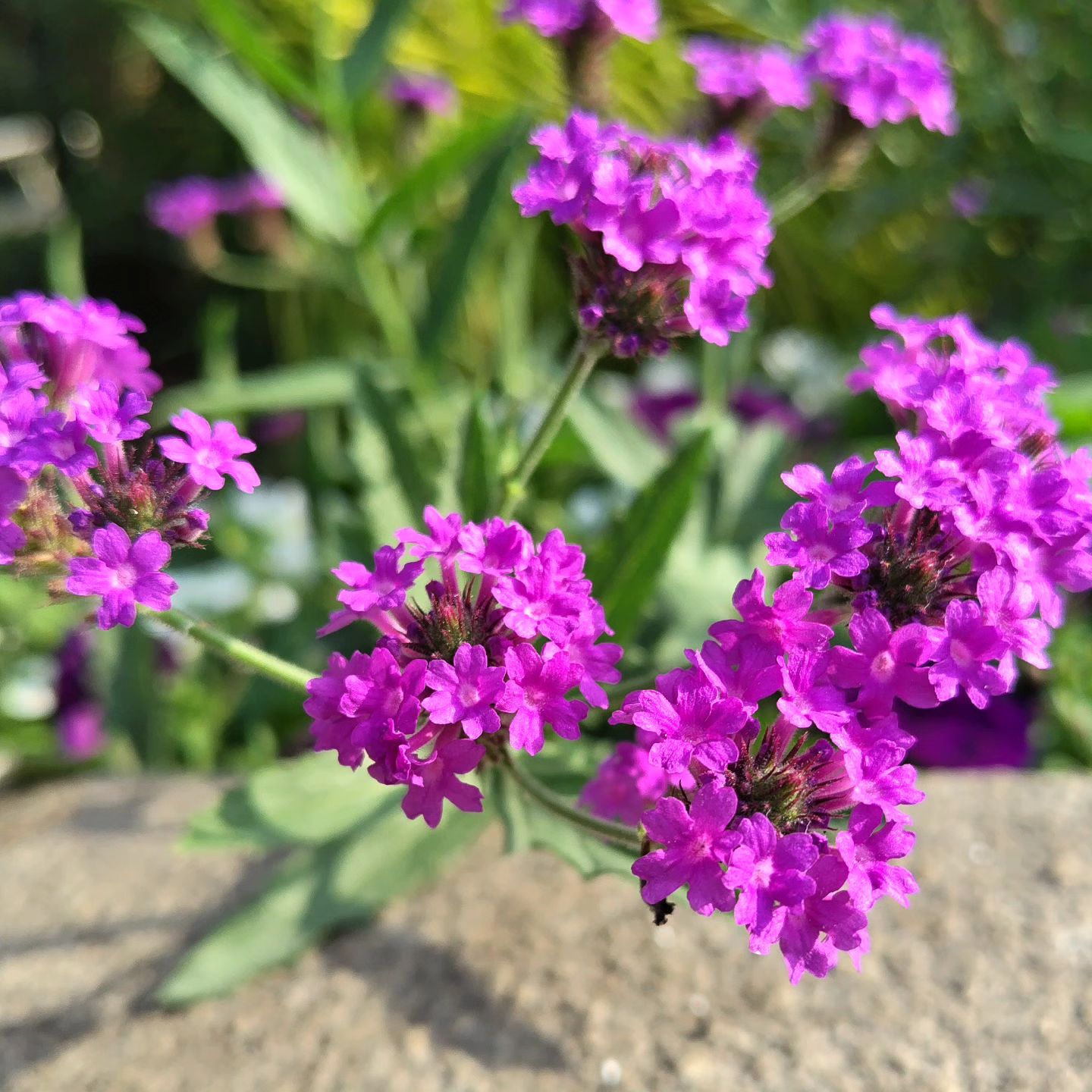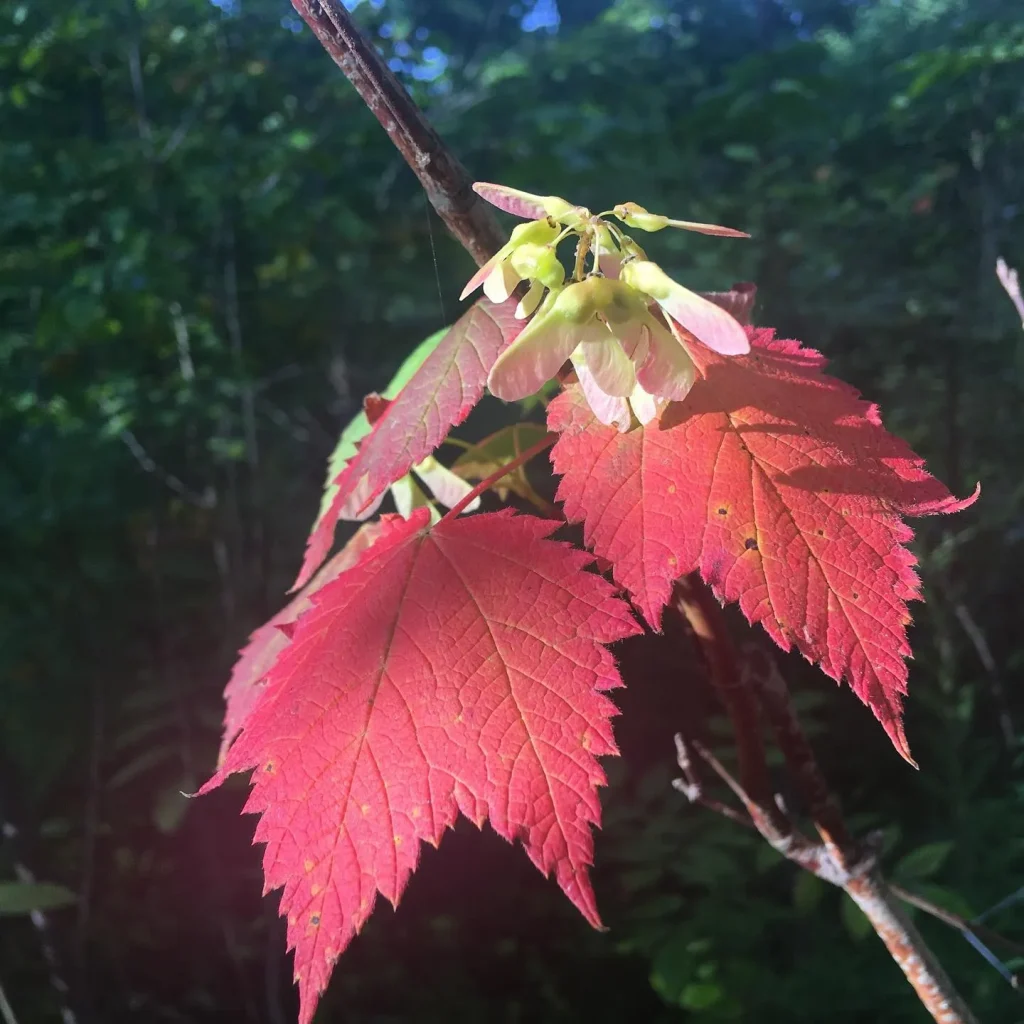My Fascination with Trichocereus
I’ve always been drawn to the unique beauty of cacti, their ability to thrive in harsh environments a testament to their resilience. But among the many genera of cacti, it’s Trichocereus that truly captivates me. These columnar cacti, native to the Andes mountains of South America, are a sight to behold, their towering forms often reaching impressive heights. Their nocturnal blooms, some of the largest in Cactaceae – the cactus family, are a spectacle of nature, their fragrant beauty a stark contrast to the often arid landscapes they call home.
What truly sets Trichocereus apart for me, however, goes beyond their aesthetic appeal. This genus boasts a rich history intertwined with the indigenous cultures of South America. For centuries, Trichocereus species have been revered for their medicinal and entheogenic properties, playing a significant role in traditional rituals and ceremonies. This cultural significance adds another layer to my fascination, prompting me to delve deeper into the world of these remarkable plants.
A Closer Look at the Species
The Trichocereus genus encompasses a diverse array of species, each with its own unique characteristics:
- Trichocereus macrogonus is a large, columnar cactus native to the Andean regions of South America, particularly Bolivia and Peru. Known for its striking blue-green color, this cactus often has long, straight spines that contrast beautifully with its smooth skin. It can reach impressive heights of over 12 feet in the wild and produces large, fragrant, white flowers that bloom at night, attracting various pollinators. Trichocereus macrogonus is prized by collectors and enthusiasts for its distinctive look and relative ease of cultivation in well-drained soil and sunny environments.
- Trichocereus spinibarbis is a somewhat lesser-known species of Trichocereus, characterized by its robust, thick columns covered with dense clusters of long, golden-brown spines. Native to regions in South America, this species typically grows to moderate heights, with a deep green coloration that intensifies with age. Its flowers are similarly large and white, blooming at night and adding a dramatic flair to its appearance. The spinibarbis is drought-tolerant and thrives in dry, sunny habitats, making it a resilient choice for arid landscapes or as a striking addition to cactus collections.
- Trichocereus uyupampensis is an unusual, columnar cactus found in the mountainous areas of Peru. This species is smaller and less commonly seen in cultivation than some of its Trichocereus relatives, but it boasts unique, light green stems that occasionally display a bluish tint. Its spines are shorter and more delicate, creating a softer appearance overall. Like others in the genus, uyupampensis flowers at night with beautiful, large white blooms. It prefers rocky, well-drained soil and requires protection from excessive moisture to flourish in cultivation, making it ideal for desert-inspired gardens or collections.
The Allure of Cultivation
My fascination with Trichocereus extends beyond mere observation; I find immense satisfaction in cultivating these magnificent plants. Their adaptability to various climates and relatively low maintenance requirements make them ideal for both experienced and novice gardeners. Watching a cutting take root and develop into a thriving columnar cactus is a rewarding experience, a testament to the resilience and tenacity of these plants.
The process of cultivation also provides a deeper understanding of the unique needs and characteristics of each species. From providing the right soil mix to ensuring adequate sunlight and water, every aspect of care contributes to the successful growth and development of these cacti. It’s a hands-on learning experience that strengthens my connection to these fascinating plants.
Beyond the Garden
My interest in Trichocereus extends beyond their horticultural appeal. I’m intrigued by the ongoing research into their potential applications in modern medicine and pharmacology. Preliminary studies suggest that certain compounds found in Trichocereus species may have therapeutic benefits in treating various conditions, including anxiety, depression, and addiction. While further research is needed, the possibility of unlocking the medicinal potential of these plants is an exciting prospect.
Furthermore, the cultural significance of Trichocereus continues to fascinate me. Learning about the traditional uses of these plants by indigenous communities provides a glimpse into their rich history and deep connection to the natural world. It’s a reminder that our relationship with plants goes beyond the purely aesthetic, encompassing a complex interplay of cultural, spiritual, and medicinal aspects.
A Lifelong Passion
My journey with Trichocereus is an ongoing one, a testament to my enduring fascination with these remarkable plants. From their imposing beauty to their cultural significance and potential medicinal benefits, there’s always something new to discover and appreciate. Whether I’m admiring a towering specimen in its natural habitat, nurturing a cutting in my garden, or delving into the latest scientific research, my passion for Trichocereus continues to grow. It’s a journey of exploration and discovery, one that I’m eager to continue for years to come.
If i die, water my plants!



